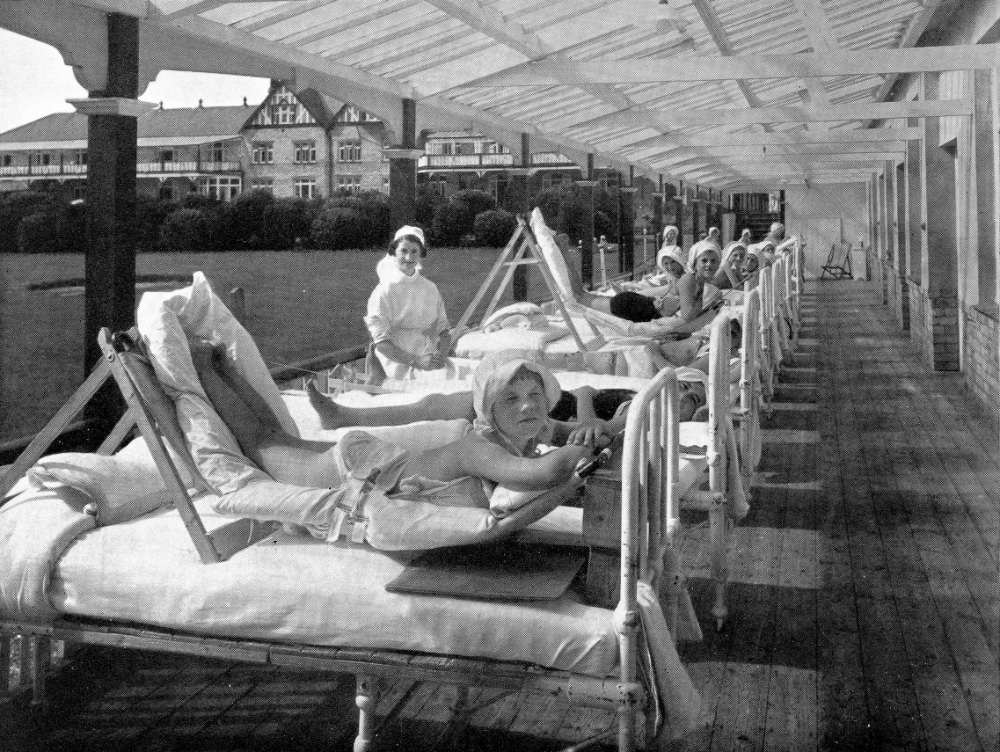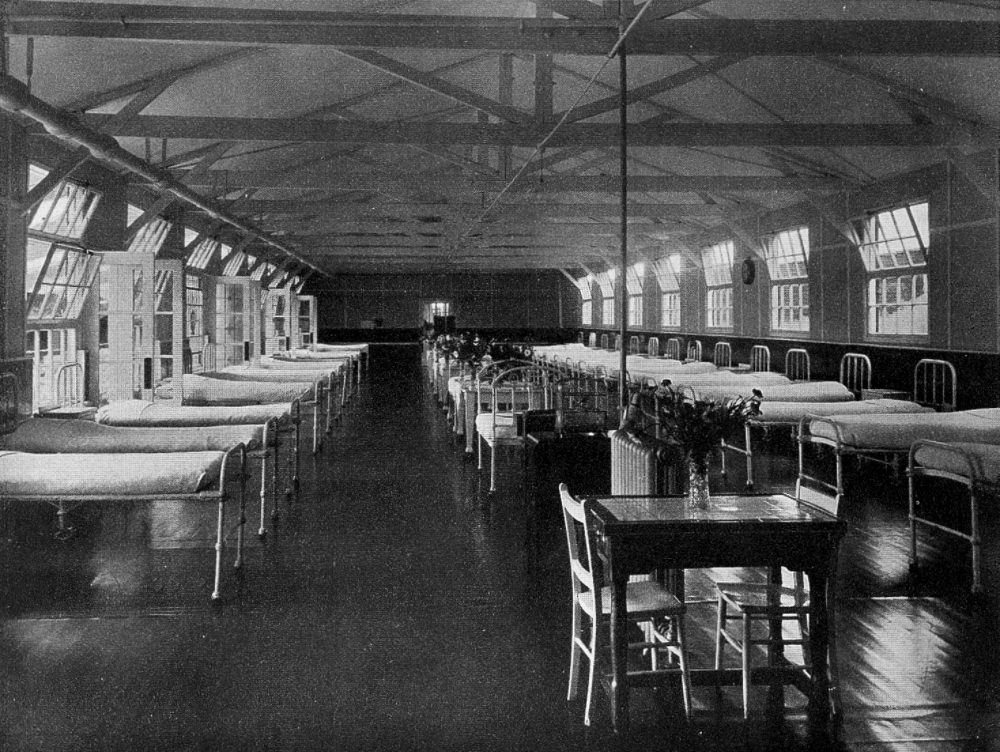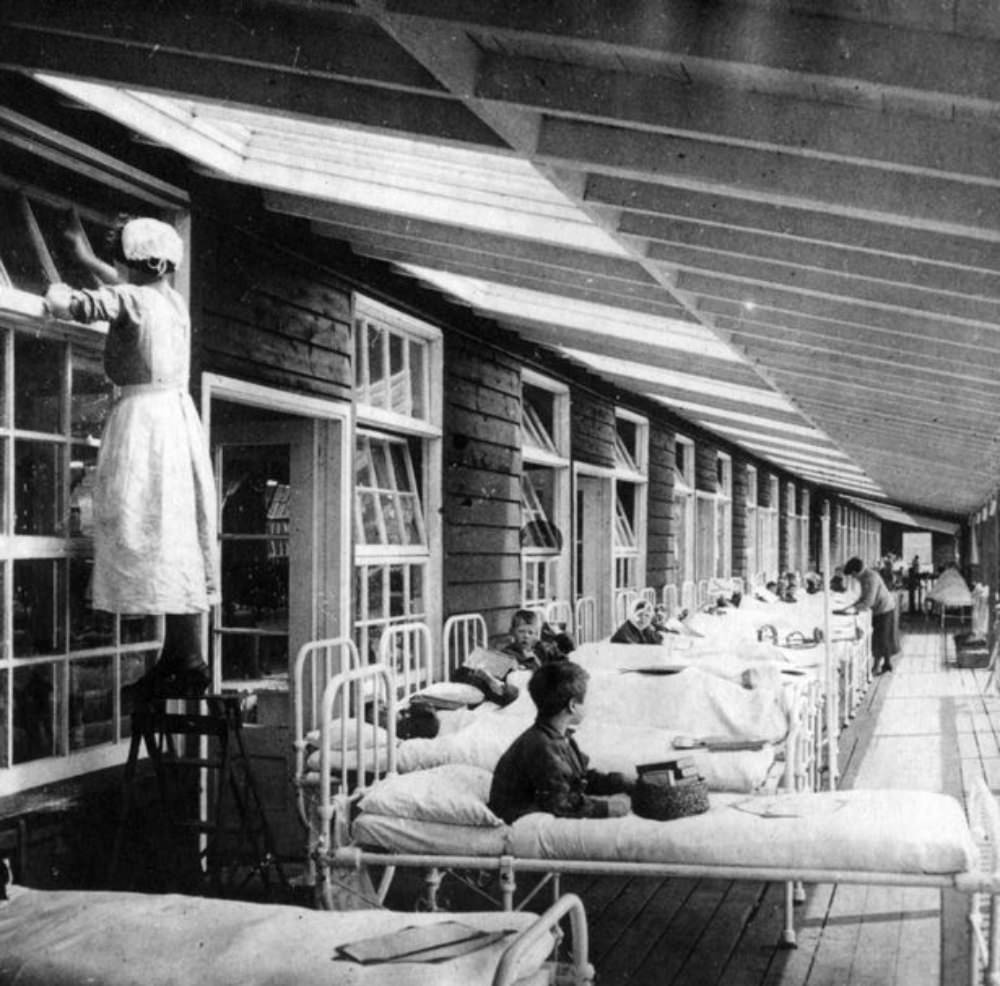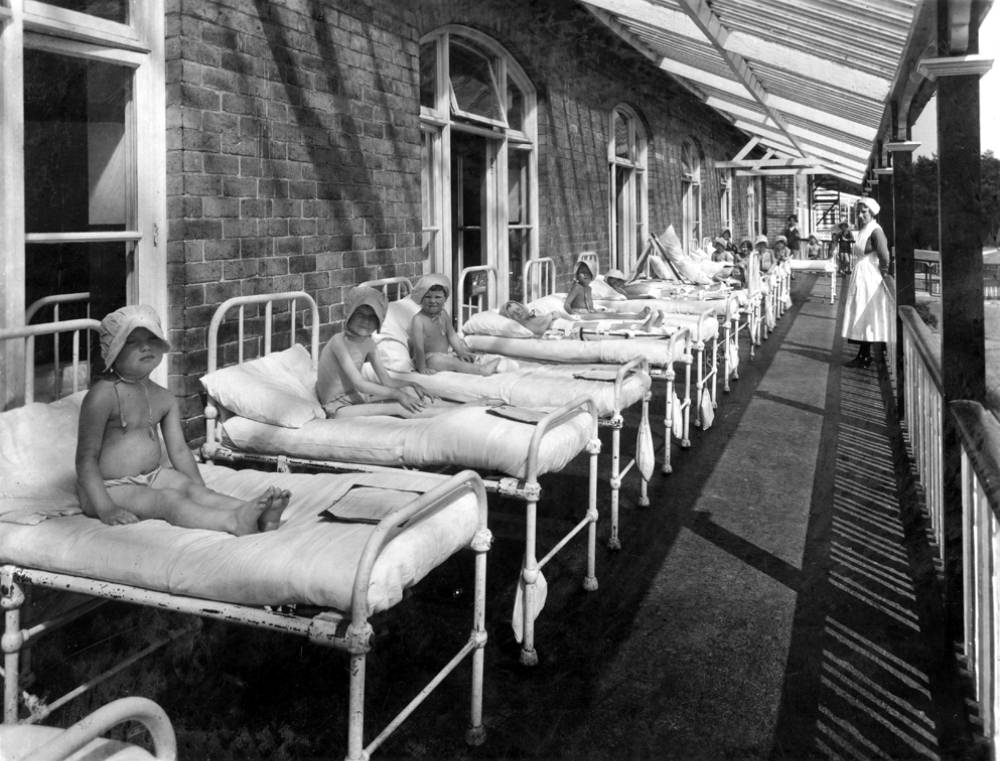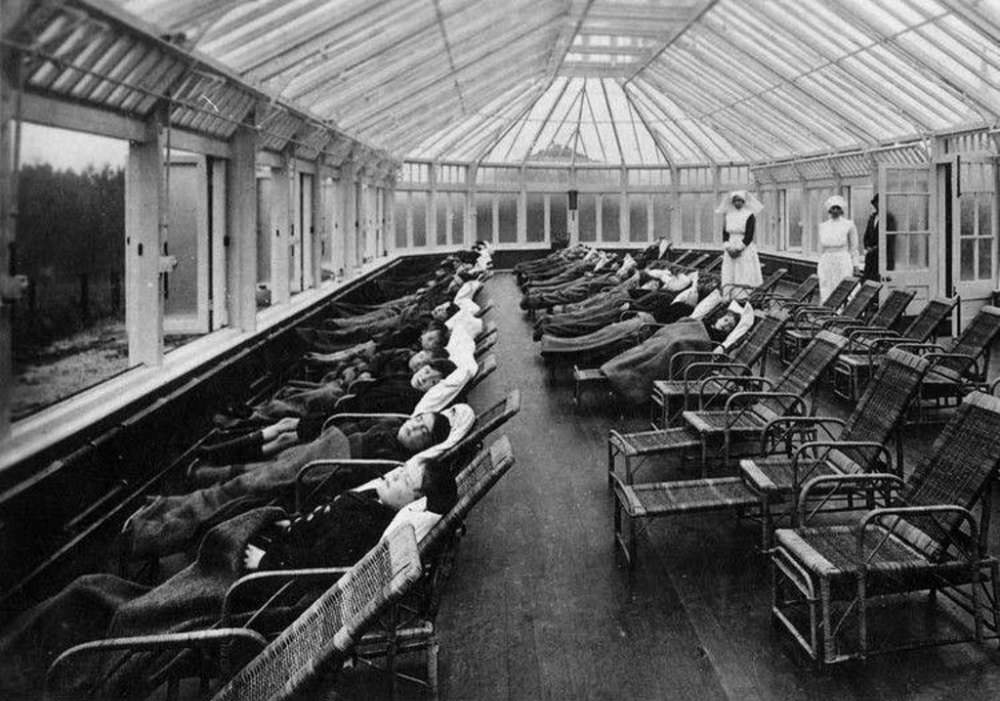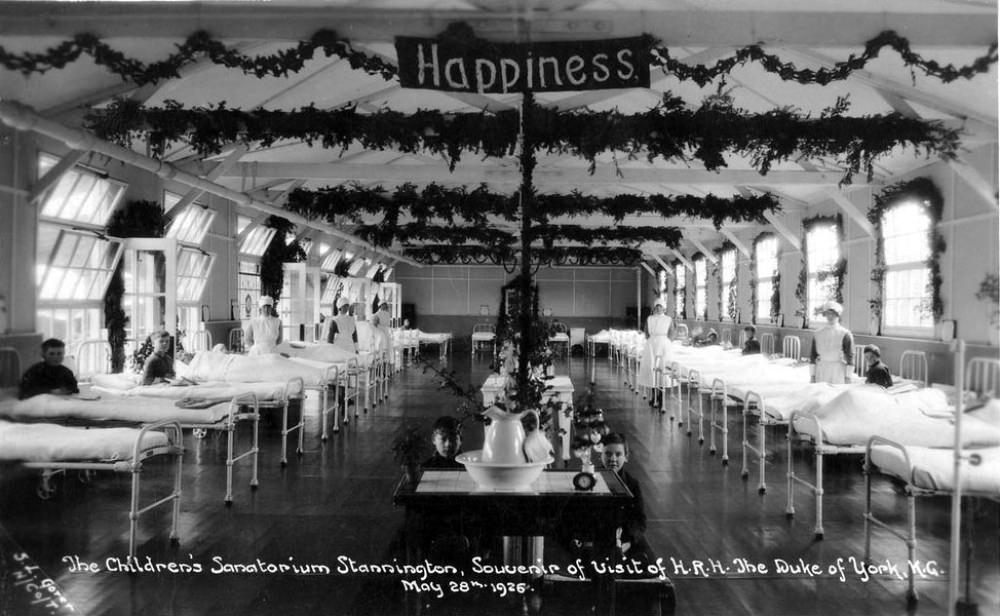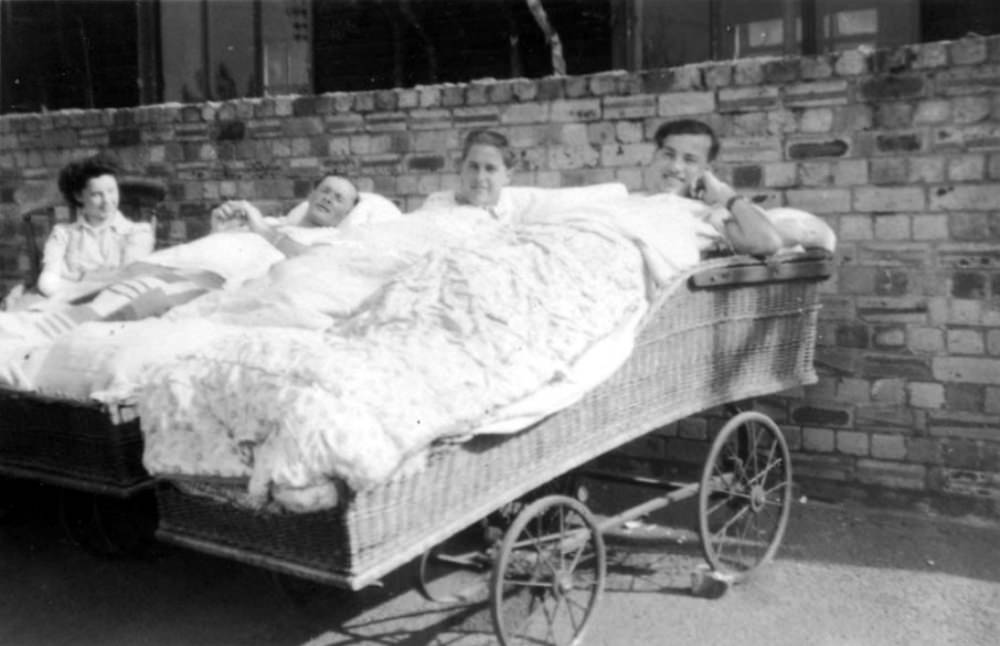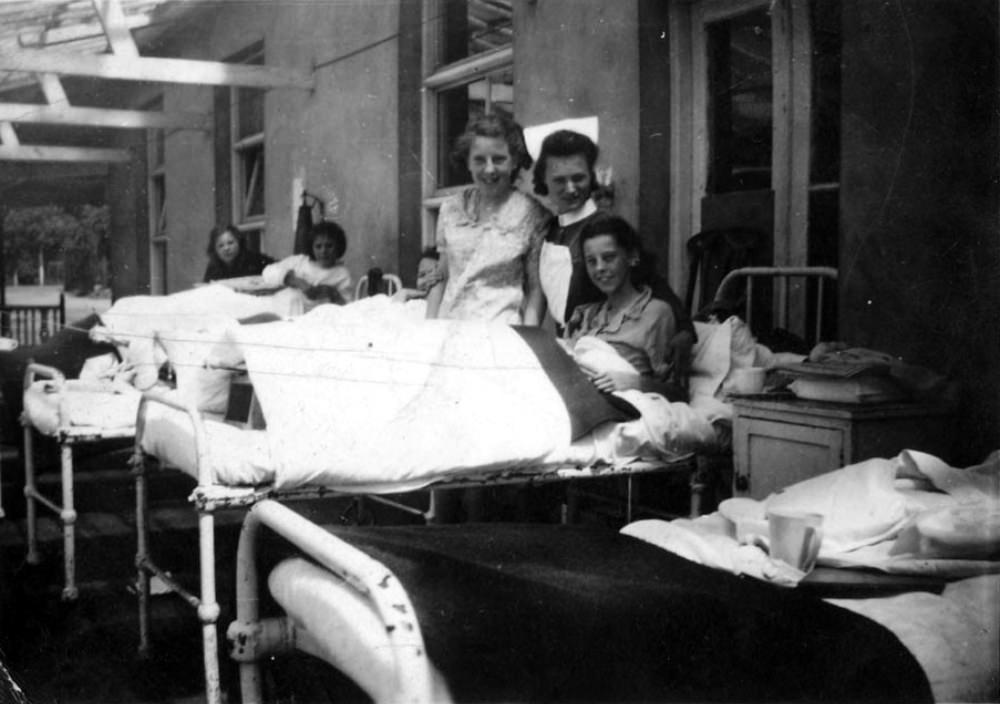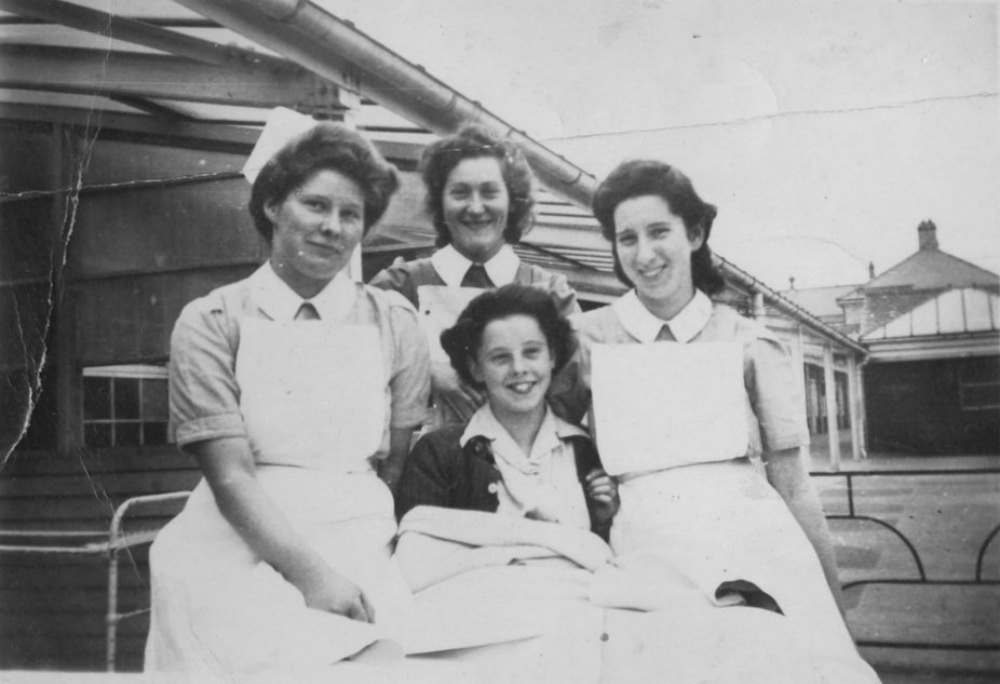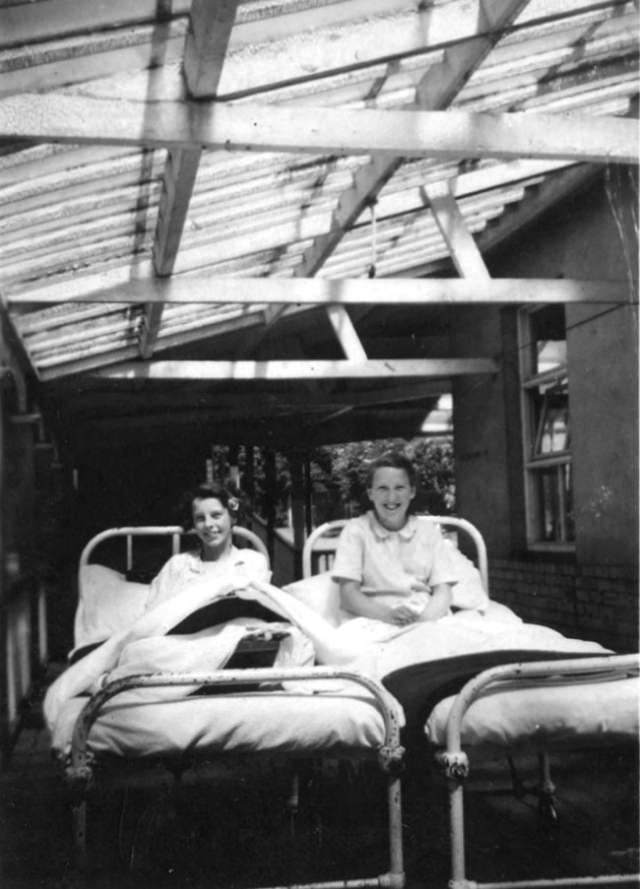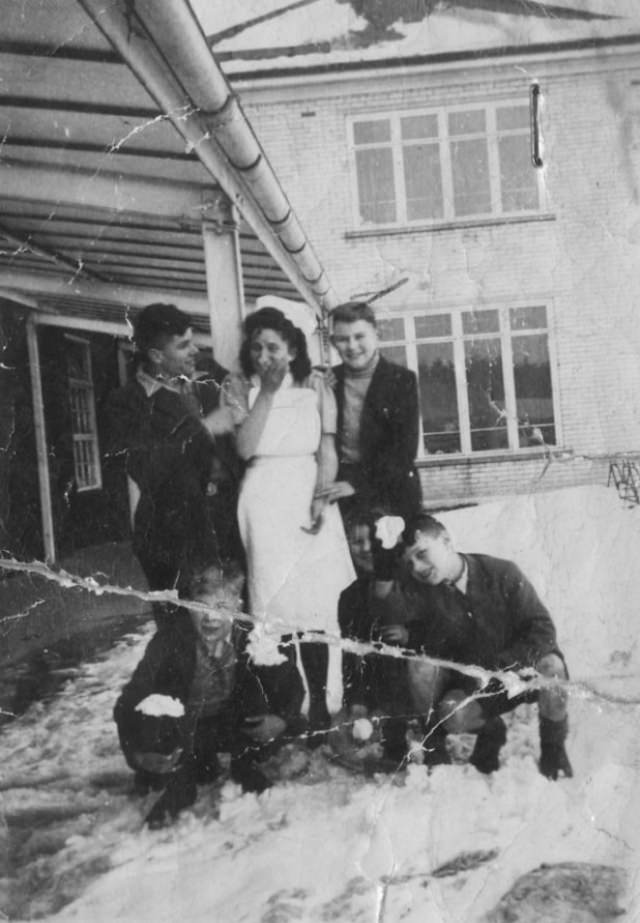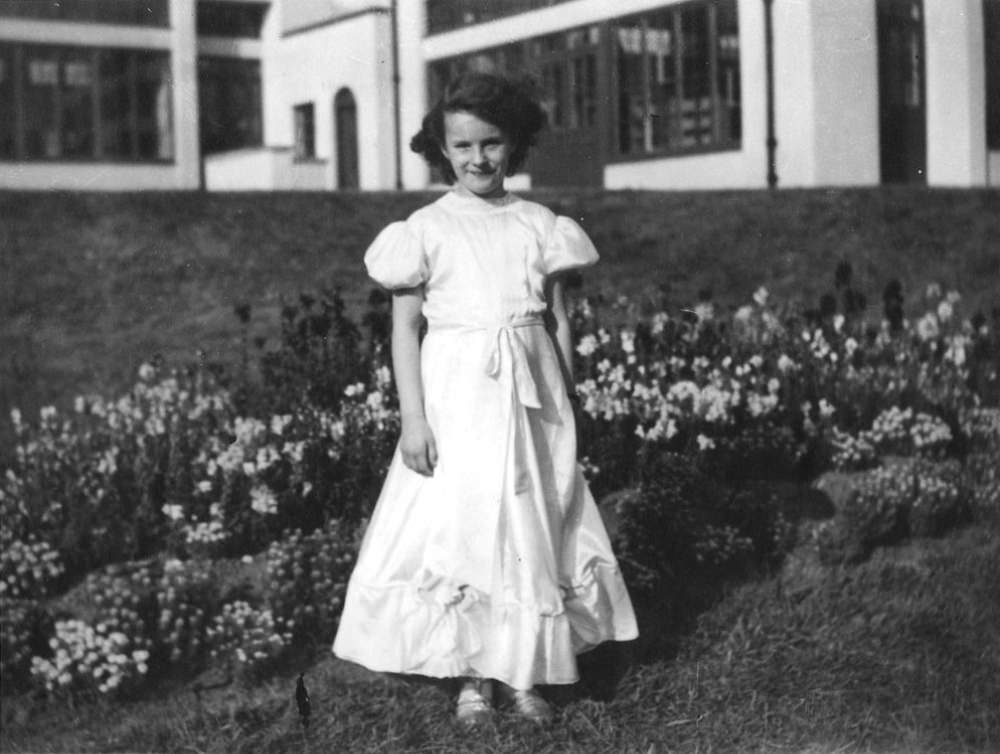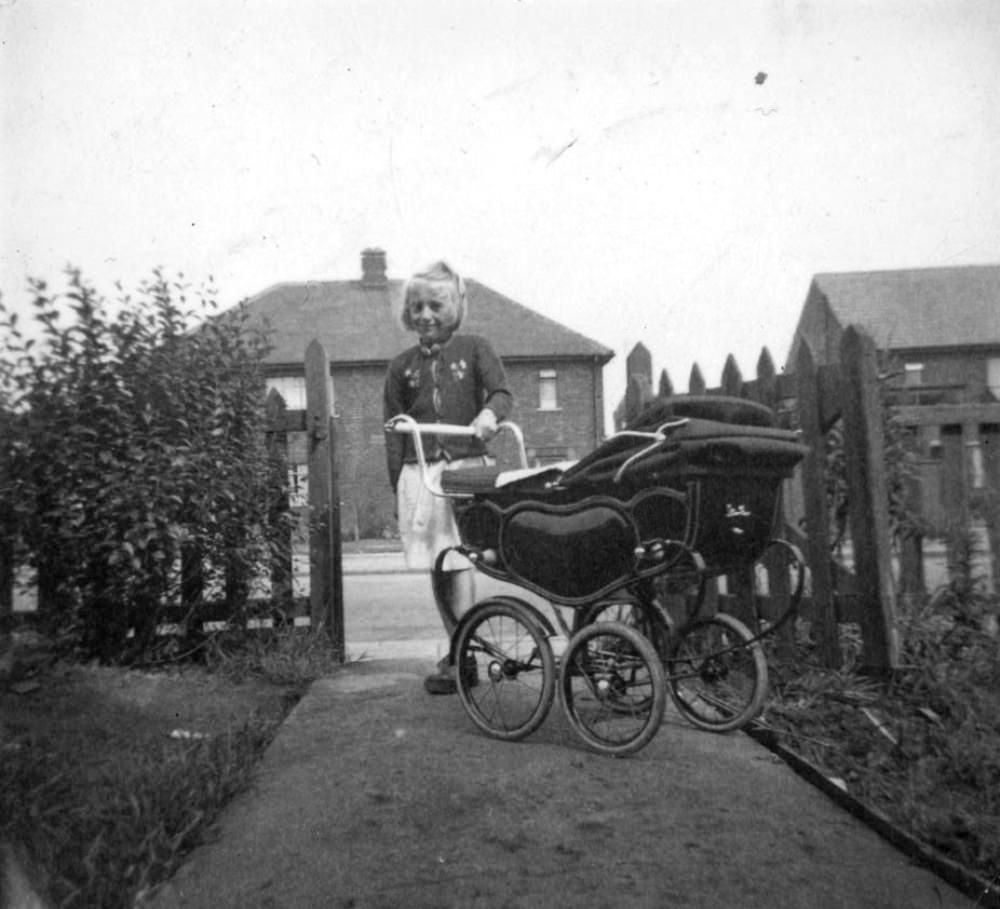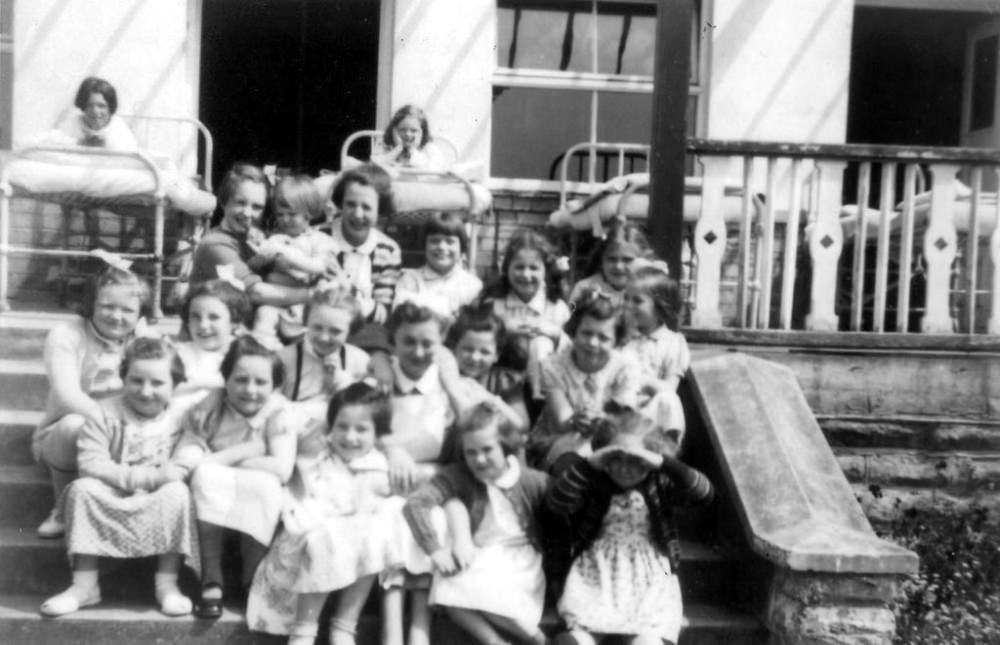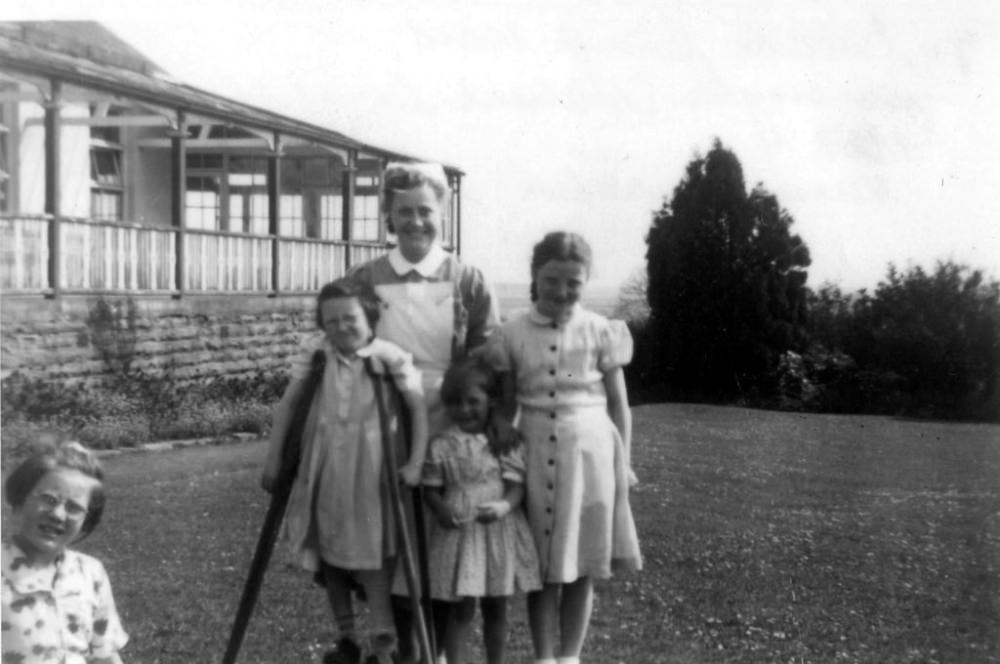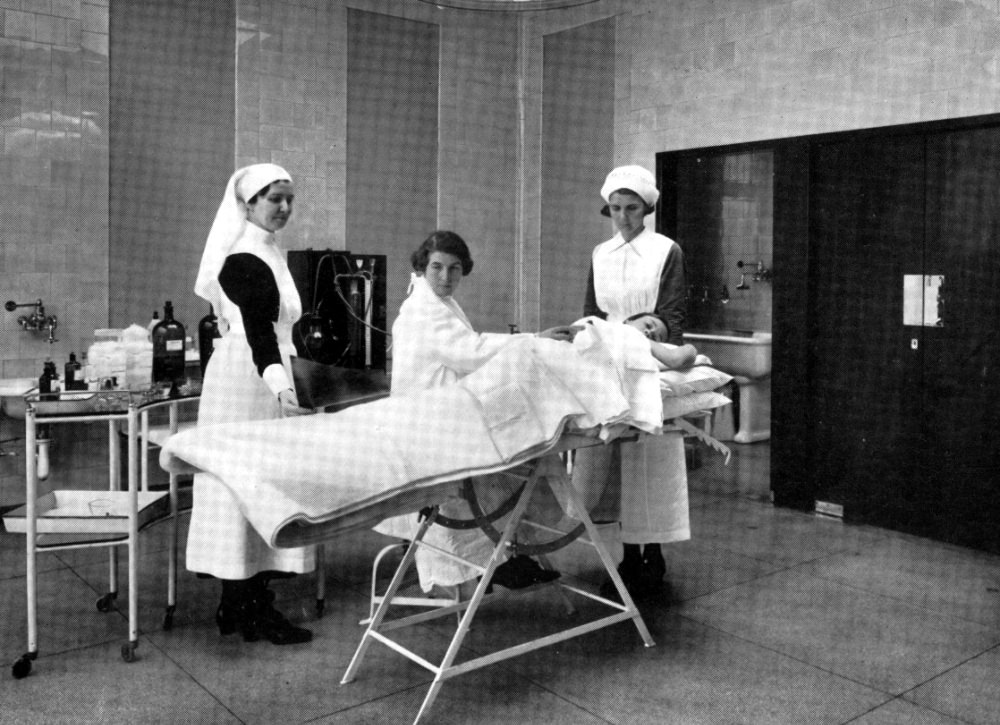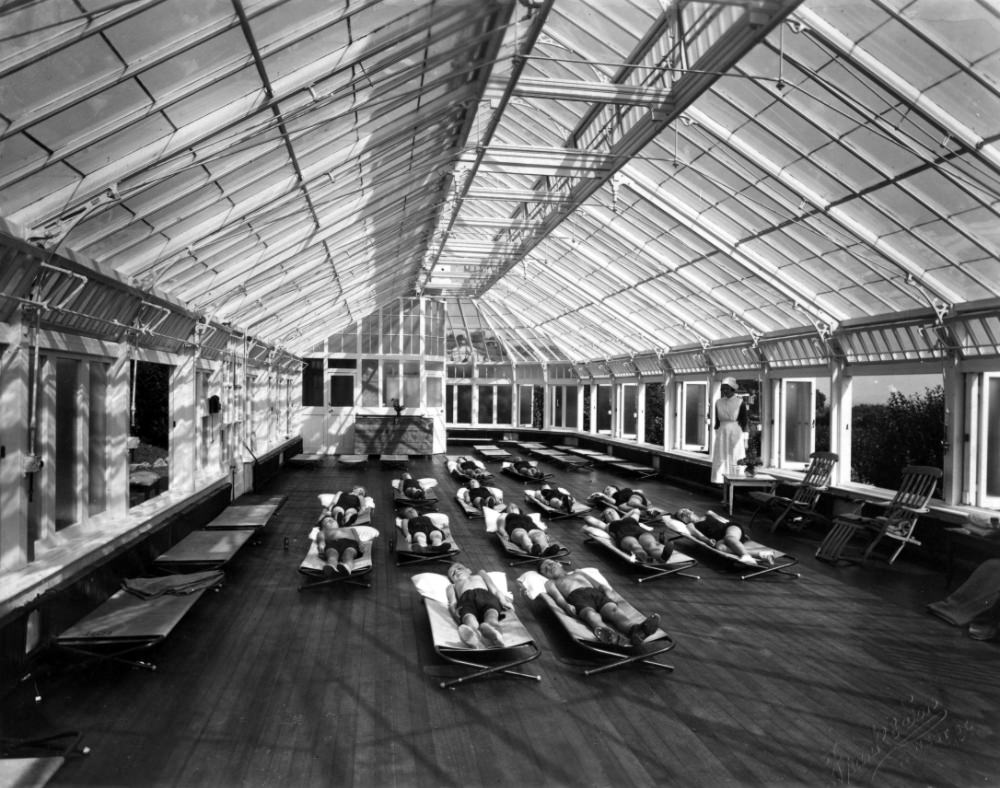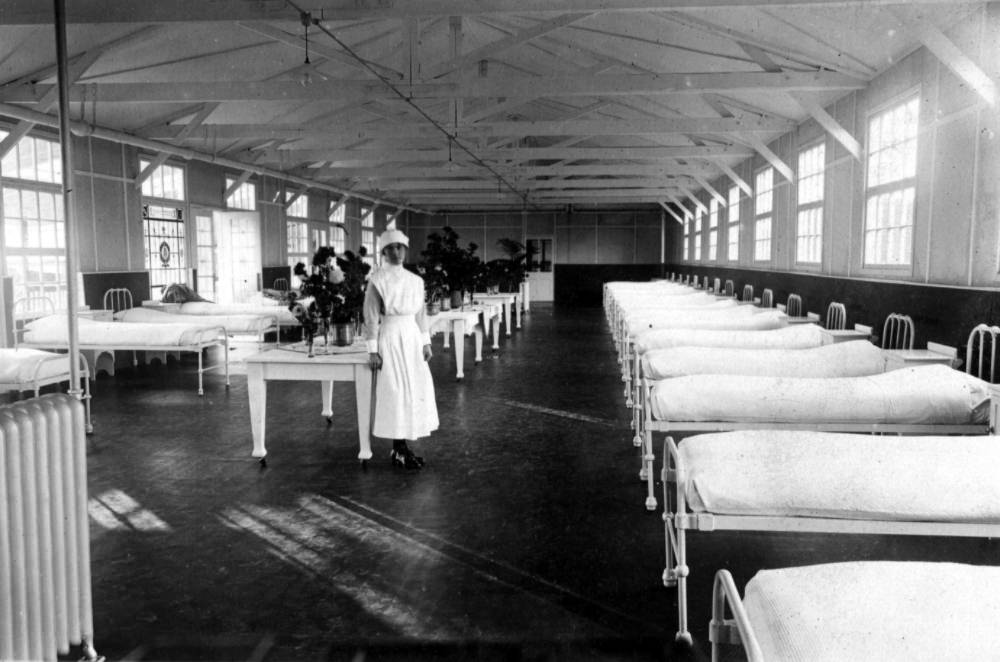Stannington Sanatorium was the first child tuberculosis sanatorium in the U.K. located in Northumberland near the village of Stannington. It was established on October 5, 1907. The institution was founded by the Poor Children’s Holiday Association (PCHA), which developed into the modern-day charity Children North East and also took donations from local Poor Law Guardians for its upkeep.
At the beginning of the 20th century, tuberculosis was one of the biggest killers in the U.K., responsible for more deaths than any other disease. The PCHA hoped to improve the lives of thousands of disadvantaged children by establishing a dedicated institution to address the disease.
Opening with only 50 beds in 1907, the sanatorium quickly expanded thanks to high demand and generous donations, adding several new wards and facilities over the next several decades. It was the first U.K. T.B. sanatorium dedicated exclusively to children. At this time, Stannington maintained meagre death rates despite a high death rate for the national T.B. epidemic. In 1928, the sanatorium could treat 310 children, its maximum capacity. Significant social as well as medical changes, occurred at the sanitorium. Some treatments were revolutionized by the introduction of Streptomycin in 1947. Until 1953, the National Health Service operated the sanatorium as a tuberculosis treatment centre for adolescent children until it became a general children’s hospital. Tuberculosis had now begun to steadily decline as a result of effective antibiotic treatments in 1947 and other public health measures; however, even after this date, tuberculosis was still accepting new patients. The hospital served as an NHS children’s hospital until it closed in 1984. When the hospital closed, many of the historical medical records were recovered.


